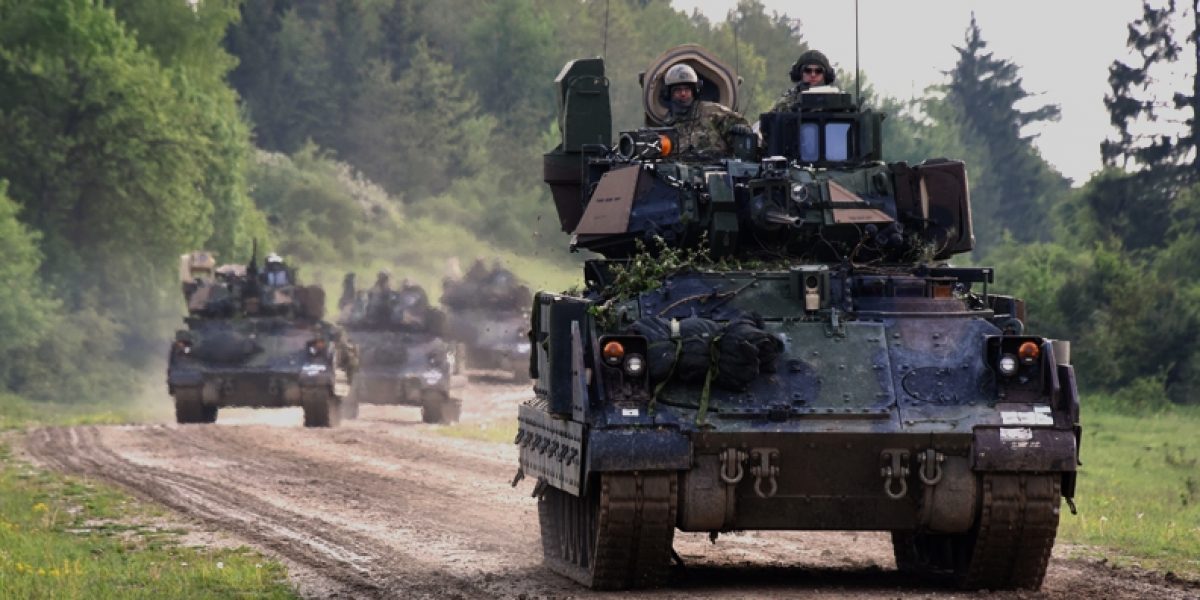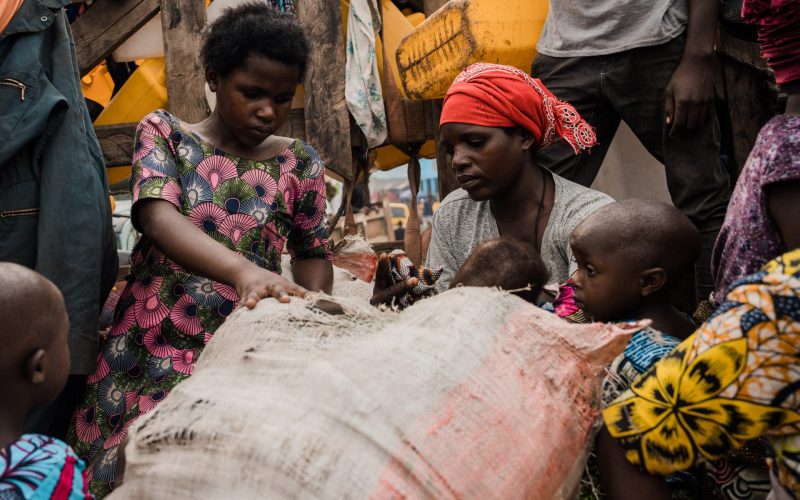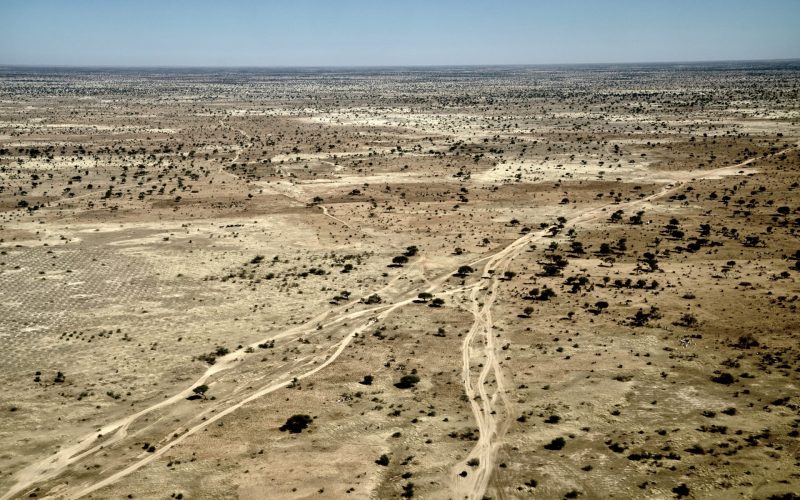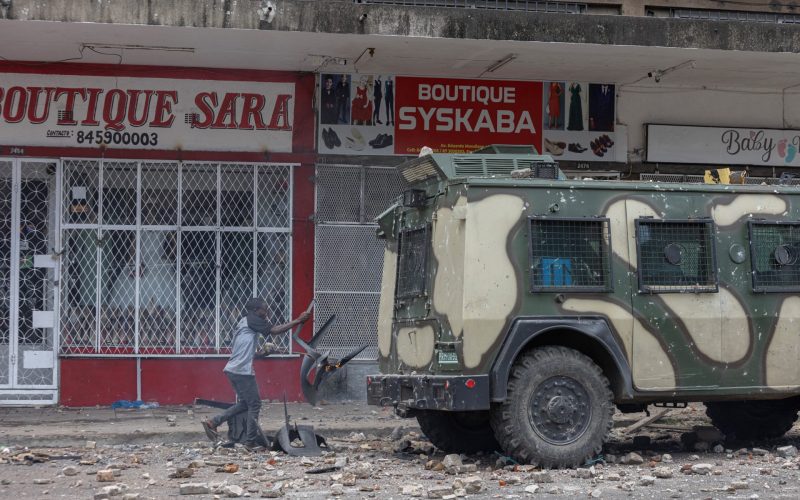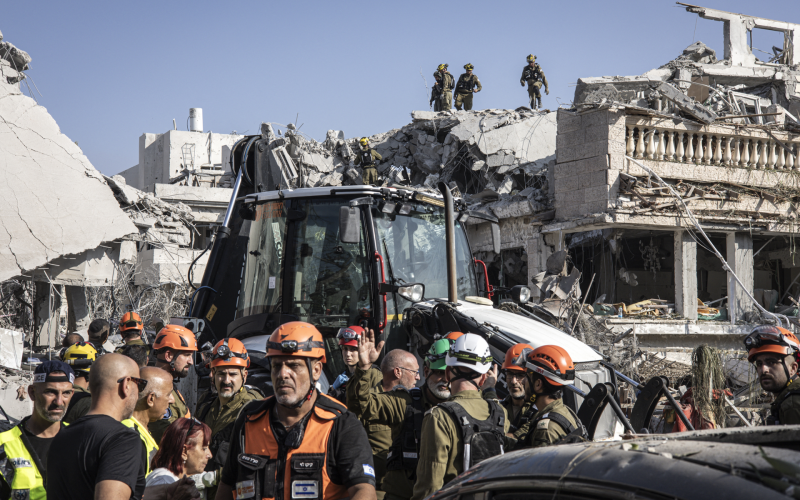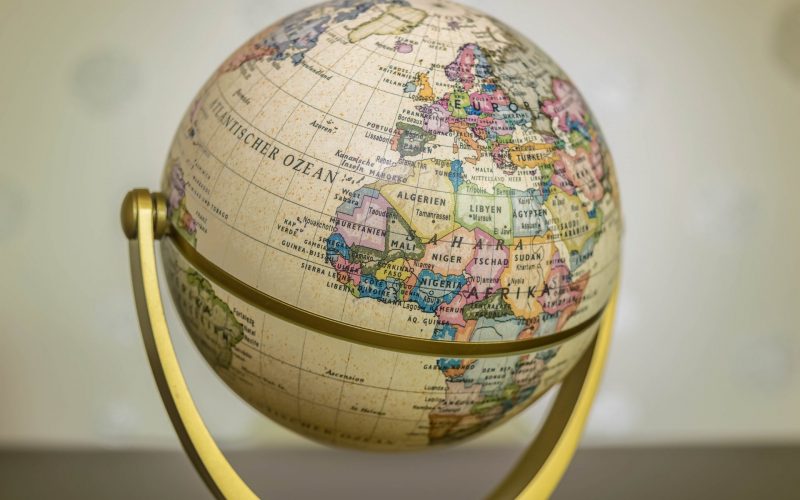But then last week Donald Trump, the Republican Party nominee for US President, rattled these ‘frontline states’ by warning that if he became president, he would only honour the NATO mutual defence pact with other members if they met their NATO commitments to spend at least 2% of their GDPs on defence.
It is not only those four countries but others in the Baltic Sea region which are feeling increasingly threatened by Russia.
Tensions over Crimea
Just a few years ago, Sweden was ‘defending itself in Kabul’ as Anders Linderberg, foreign policy commentator on Stockholm’s Aftonbladet paper, wryly puts it. With the Cold War long over, and feeling no existential threat, it was devoting its much-reduced military to multinational peace-making efforts far away, in places like Afghanistan and Kosovo, largely to uphold its values.
Since Russia annexed Crimea in March 2014 and began providing military support to ethnic-Russian separatists in eastern Ukraine, all that has changed. It is now beefing up its military and refocusing it back to ‘defending the realm,’ says Niklas Granholm of the Swedish Defence Research Agency in Stockholm.
Historically non-aligned, Sweden is also cosying up much more closely to NATO which in turn is bolstering its allies in the strategically-important Baltic Sea region. The three Baltic states of Estonia, Latvia and Lithuania, feel especially vulnerable. They are small, former Soviet satellites, share borders with Russia, and have significant ethnic Russian populations, some of which are agitating for Russian intervention.
They joined NATO in 2004 for protection from Russia but that has also made them lightning rods for Moscow’s anger at what it regards as NATO’s aggressive policy of pushing its membership up to Russia’s borders.
Sweden, a member of the European Union, feels vulnerable mainly because of its strategic location on the other side of the Baltic Sea. NATO would probably have to cross Swedish airspace and use its island, Gotland in between, to come to the defence of the vulnerable Baltic states.
That is why Sweden feels it is being subjected to increasing Russian incursions, provocations and threats.
Russia’s ‘necessary military-technical measures’
Majeed Olerud Khoso, acting head of the Russia and central Asia division in the Swedish foreign ministry, cites Russian warplanes flying dangerously close to a US destroyer in the Baltic Sea in April, a Russian ship disrupting Swedish and Lithuanian ships laying an undersea power cable and Russian warplanes flying over the Baltic Sea with their identifying transponders switched off, creating hazards for Swedish and other civilian aircraft. Russian military exercises in the region have also ‘become more frequent, bigger’ and more focussed on ‘the possibility of military action against the Baltic states.’ Khoso says. Analysts say these include a 2013 simulated tactical nuclear weapons strike on one of Sweden’s main military bases, in which Russian warplanes actually flew into Swedish airspace. Sweden also suspects Russian submarines are secretly patrolling its waters, though this has not been proved.
The most ominous threat was Russian foreign minister Sergey Lavrov’s recent reply to a journalist who asked him what Russia would do if Sweden joined NATO. Russia would ‘take the necessary military-technical measures’, Lavrov said, which some Swedes have interpreted as a veiled threat to retaliate militarily.
In January Sweden’s army chief General Anders Brännström said Sweden could be fighting a war in Europe ‘within a few years’. Granholm says security is deteriorating in the Baltic Sea region because of Putin’s ‘aggressive and revisionist’ policies.
A response to the expansion of NATO
Putin ‘no longer accepts the European security order’ – of harmony and co-operation – established in the 1990s. He is trying instead to weaken and destabilise the Baltic states, to split the EU and NATO and – ‘the top prize’ – to break the transatlantic link, he says. Putin’s objective is to establish a new security order in the Baltic Sea region and in Europe, based on the 19th century doctrine of spheres of interest, rather than on the sovereign right of states to choose their own allies, he says. This includes restricting the use of the Baltic Sea to ‘the beachfront owners’, the countries which have shores on the sea, which include Russia itself. He wants to exclude other NATO members, and especially the US.
Martin Kragh, Russia expert at the Swedish Institute of International Affairs, says Russia officially regards the expansion of NATO as its greatest security threat, though other threats might seem to loom larger, such as terrorism, China’s growing militarisation and the restive Caucasus.
He notes Russia also feels vulnerable. It has an important military base on Kaliningrad, but it is sandwiched on a Russian enclave between Poland and Lithuania and half its oil exports cross the Baltic Sea. It feels boxed in there by NATO and NATO-aligned countries.
Nonetheless Kragh believes Russia’s motives have more to do with self-perception than threat. ‘Russia sees NATO as the main military force in the world and wants to be seen as being on a par,’ he says.
Despite rising fears in the region, though, most Swedish analysts don’t believe that Russia would mount another full-scale conventional military invasion like that in Crimea. They believe Putin is playing a more subtle game, to weaken, undermine and divide NATO and its partners politically and economically through ‘hybrid’ warfare, which blurs the line between war and peace to confuse and unbalance its enemies, as Granholm says.
Analysts note the irony that even though Putin was a KGB officer in the Soviet Union, he now pursues an Orthodox Christian nationalism which appeals to Western European far-right parties including the Swedish Resistance Movement. They like his strong-man image and his anti-intellectual, anti-Europe, anti-NATO and anti-gay policies.
And so, as part of this hybrid warfare, Russia is financing these parties to try to destabilise their countries, the Swedish analysts say. And Putin’s increasing authoritarianism at home is one of the reasons the Swedes fear his intentions abroad.
Russia’s cyberwarfare is also intensifying, including the recent crashing of the computers of all of Sweden’s mainstream newspapers, according to Swedish analysts.
Sweden putting more than ‘one foot in NATO’?
But if Russia’s aim has been to weaken and divide NATO and its partner states, like Sweden, it seems to have failed. For NATO and NATO partner states have clearly moved much closer together and strengthened their individual and collective military strength.
Apart from increasing its defence budget and focussing it on defence of its own territory, Sweden is also strengthening military co-operation with other Nordic partners and with the UK and the US – despite its social-democrat government not being all that well disposed towards America.
Sweden has also returned to civil, psychological and economic defence, not seen since the Cold War, in response to Russia’s intensifying hybrid warfare. Mikael Tofvesson, who heads the body responsible for that defence, the Swedish Civil Contingencies Agency (MSB in Swedish) says that since Russia’s Crimea annexation, MSB’s tasks have included identifying and countering disinformation from Russia that is designed to disrupt the country and undermine trust in the Swedish government and in NATO.
In its round-the-clock control room in Stockholm, MSB carefully monitors a vast volume of media and communications. This has revealed, for instance, that many of the far-right social media trolls who disseminate anti-Swedish hate messages are not individuals as they seem to be, but teams – clearly organised by Russia; their language changes from Swedish to English to Russian at different times of the day, Tofvesson says.
The sense of a growing Russian threat is also nudging Sweden closer to joining NATO. Sweden already has what Granholm calls a privileged ‘Gold Card’ relationship, through NATO’s Enhanced Opportunity Partnership. In May Stockholm moved even closer by concluding a host nation agreement that would allow NATO to operate more easily on Swedish territory during training or in the event of a conflict. Sweden now has the closest possible relationship with NATO short of membership.
It has ‘one foot in NATO’, Kragh says.
But putting the other foot in would be the biggest step because it would commit Sweden to go to the rescue of any other NATO member that was attacked, under NATO’s mutual defence Article 5.
Prime Minister Stefan Löfven’s Social Democrat/Greens ruling coalition has so far balked at that final step. Most of the analysts agree with him that Sweden’s historical non-aligned stance (it fought in neither of the 20th century’s world wars) best serves the country’s security interests. Not least because of possible Russian retaliation if it does join, some say.
‘Why fix something which isn’t broken?’ asks Linderberg. Mats Johansson, chairman of the Swedish foreign policy think tank Frivärld and foreign policy columnist in the newspaper Svenska Dagbladet, disagrees, saying Sweden’s non-alignment is ‘double speak’ because the country has never really been neutral. In the Cold War it had a secret defence pact with the West. He thinks it should have joined NATO from the start.
A vicious circle of escalation
And it may yet so do because Russia’s actions are rapidly raising political and public support for joining NATO. In 2012, before the Ukraine crisis, the TNS Sifo poll found that just 17% of Swedes wanted to join. By September last year that had risen to 41%, with only 39% against and the rest undecided. The four-party conservative opposition alliance in Parliament has also recently reached a consensus policy for joining NATO.
Conversely NATO has moved closer to the Baltic Sea region over the last two years. On June 15, for example, NATO states plus NATO partners (Sweden and its fellow non-aligned ally Finland) conducted the largest ever version of the regular Baltic Operations maritime military exercise (Baltops 2016) in the Baltic Sea.
And NATO made an even bigger commitment to the Baltic Sea states in July at its annual conference in Warsaw when it decided to send four multinational battalions of troops, one to each of the three Baltic states and Poland, on rotation.
At the NATO-Russia Council meeting which followed the Warsaw summit, NATO Secretary General Jens Stoltenberg said the military build-up was a ‘direct’ response to ‘Russian actions in Ukraine.’ Russia rejects out of hand all of the accusations of threats, provocations and incursions which it says are themselves provocations that are unnecessarily raising tensions.
At the NATO-Russia council meeting, Russia’s ambassador to NATO Alexander Grushko said NATO’s decision to deploy the four battalions in the Baltics and Poland exhibited ‘a confrontational policy, which is built on the basis of the mythical threat from Russia.’
And so the vicious circle gyrates and the tension rises, increasing the chances of a flashpoint sparking a major clash.
Peter Fabricius is a freelance foreign affairs journalist and recently visited Sweden as a guest of the Swedish government to study the security situation in the Baltic Sea region.

